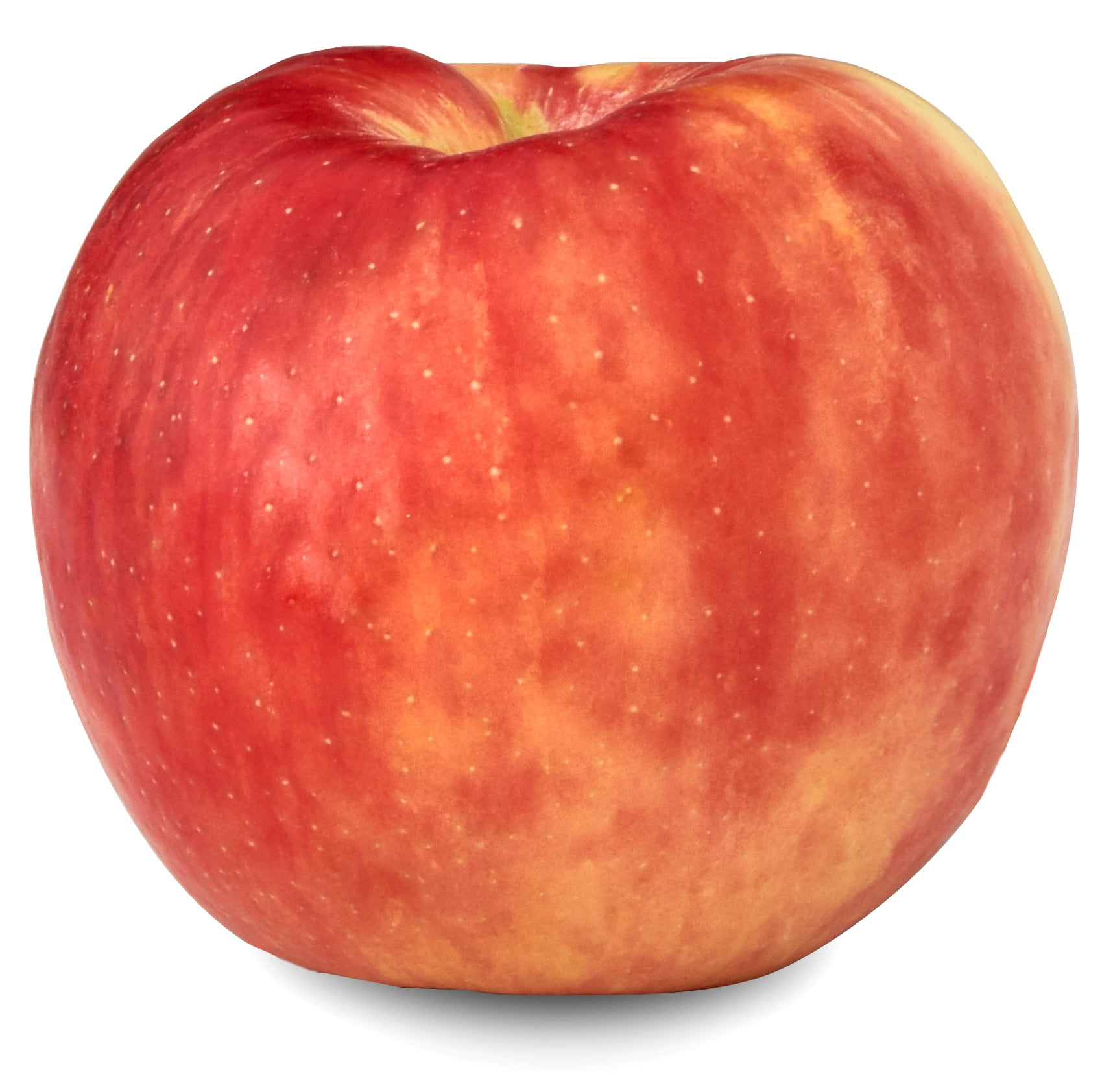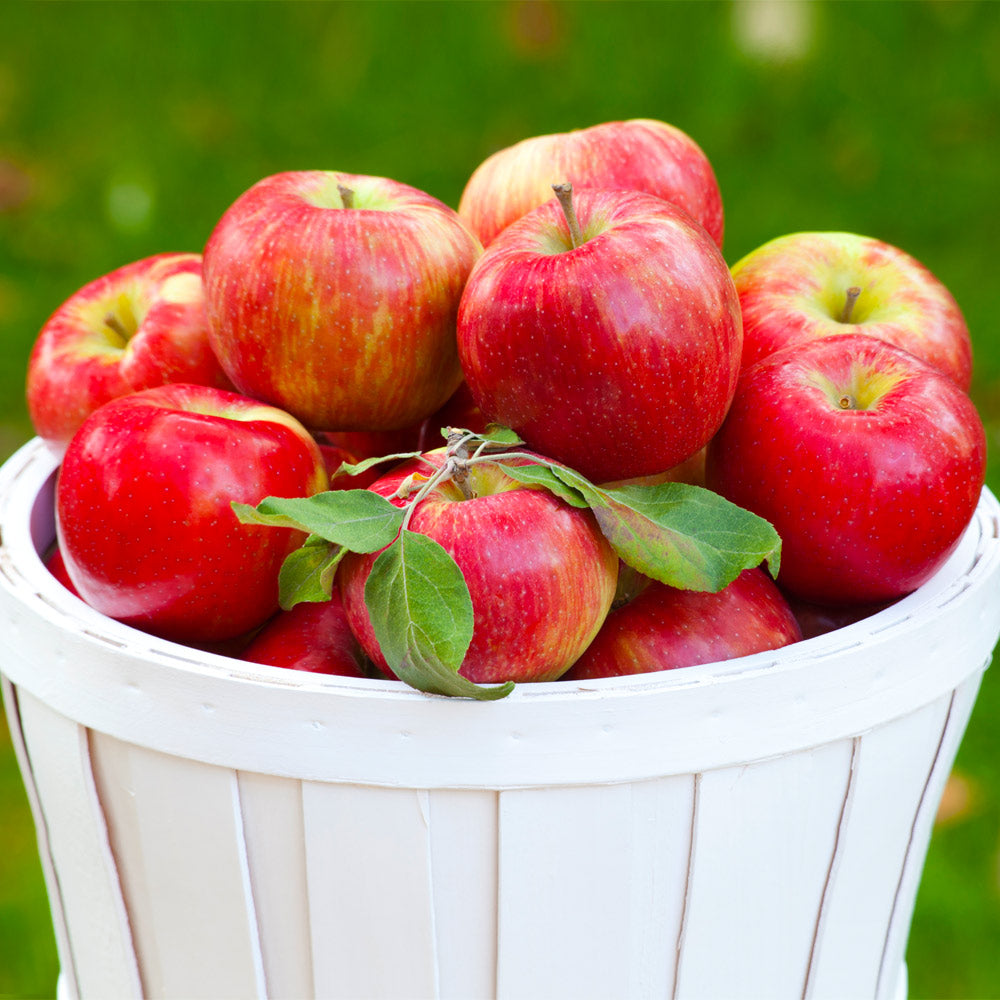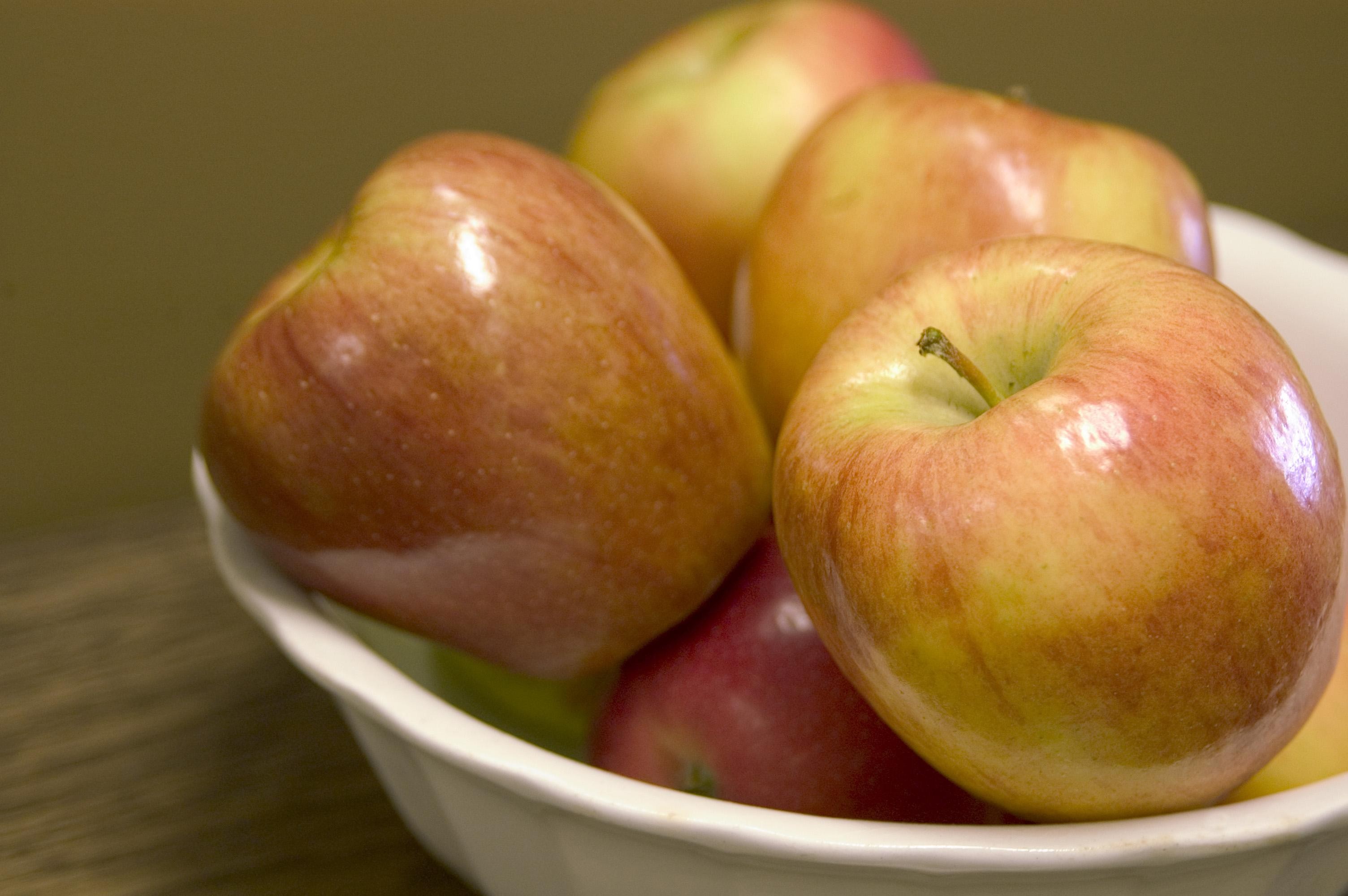

If you want to prolong the storage life of your apples, pick them a few days earlier. Apples that are harvested too early will have an unpleasant sour or tart taste. Honeycrisp apples are ready to be harvested when they are firm, yet sweet and juicy.

This leads to an equally-early harvest in August or September. Honeycrisp apple trees bloom relatively early, usually around the month of April in most climates. If you see insect eggs on your apple trees, apply a non-toxic insecticide or pest-preventing oil. Apple tree pests invade as the fruit develops and include codling moths and maggot flies. If these diseases do occur, remove the infected areas immediately, disposing of the branches away from your other apple trees. Pruning is a form of preventative care that can help avoid these fungi from invading your orchard. Common fungal diseases include powdery mildew and black rot, usually caused by excessive moisture and lack of airflow.

With its sweet, yet slightly tart flavor, this variety of apple is great for salads, baking, cooking, or eating as a snack. The apple has a crisp inner flesh and is exceptionally juicy. Pests and diseasesĪpple trees are notorious for harboring various pests and diseases. Developed by the University of Minnesota, the Honeycrisp has quickly become a consumer favorite. Dispose of any diseased branches well away from your apple trees to prevent any further spread. Prune away dead, dying, or diseased branches from your apple tree as soon as you spot them. Start by removing crowded areas of the tree, as too much shade can prevent blooms and fruit from properly forming. The apple has a crisp inner flesh and is exceptionally. Most pruning should be performed in late winter or early spring, before the tree comes out of its dormant period. Developed by the University of Minnesota, the Honeycrisp has quickly become a consumer favorite. Pruning is a beneficial practice for apple trees. To increase your rate of pollination, try planting pollinator-friendly species nearby to attract more bees and other insects to your apple orchard. You will also need to make sure that the other cultivars you choose to plant are suitable for your growing zone. Apple trees are organized into flowering groups based on the time of year that they bloom, so you will need to choose another variety that blooms at a similar time. Honeycrisp apple trees are not self-fertile and will require another cultivar in the area in order to fruit. The fruit production of your apple trees will benefit from a light layer of 10-10-10 fertilizer applied each spring around the base of the tree. When the trees go dormant over winter, only water them during periods of low rainfall. During the heat of summer, your apple trees will appreciate a watering every day or two. Once it is established, you can slow down your waterings to once per week, as long as you are supplying moisture deep into the roots each time. While the new tree is establishing itself, deeply water the site a few times per week. Give the newly-planted tree a generous drink of water. Backfill the hole with soil and tamp down lightly. Place the tree in the hole, being sure to keep it upright and level with the ground. Rosalee apples are expected to become commercially available in the USA in 2021-2023 (October.

These apples are large but don’t take an overly long time to start maturing on the tree and can be harvested for several weeks. When you’ve found the perfect place, dig a hole to the depth of the tree’s root ball, and twice as wide. Rosalee is another new Honeycrisp x Fuji cross apple variety, but with a more gentle sweet flavor.
#Honey crisp apple full
When choosing a planting site for your Honeycrisp apple trees, opt for a location with well-draining soil that receives full sun.
#Honey crisp apple update
Learn more at the University of Minnesota.By Alex Smith | Urban Horticulture Specialist – last update on December 15, 2021 Honeycrisp apples from Fireside Orchard near Northfield are pictured here. They are harvested from mid-September to mid-October in east central Minnesota the optimum harvest usually occurs the last week of September. Honeycrisp apples are characterized by an exceptionally crisp and juicy texture. The fruit surface has shallow dimples and numerous, small dots with green russeting at the stem end.
#Honey crisp apple skin
Their skin color is 60 to 90 percent mottled red over a yellow background. Honeycrisp apples are about three inches in diameter. and Canada and as far away as South Africa and New Zealand. Today, millions of honeycrisp apple trees are grown across the U.S. The original seedling was planted in 1962. The Honeycrisp™ apple (Malus pumila cultivar Honeycrisp) was adopted as the state fruit in 2006. The apple was produced from a 1960 cross of Macoun and Honeygold apples, as part of the University of Minnesota apple breeding program to develop a winter-hardy tree with high quality fruit. The Honeycrisp Apple was adopted as the state fruit in 2006.


 0 kommentar(er)
0 kommentar(er)
